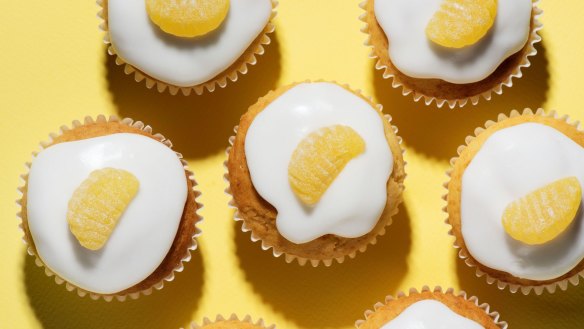The golden rules of cake baking

When you know why a recipe works – why you brown meat before braising, or why you add eggs to a cake batter one at a time – you build a bank of knowledge you can draw on for the rest of your cooking life. There's science behind the fall-off-the-bone meat of a luscious slow-braise, and logic behind the shimmering jelly of a great chicken stock. No matter how well you cook, or how often, there is always something new to learn. That's the fun of it.
Cake. It's always there for you. And once you know the science behind the creaming together of sugar and butter (air), the addition of eggs one at a time (emulsion) and the instruction to never over-mix the cake batter (again, air), you can have the perfect cake, whenever you want.
All cakes are dependent on air to create their soft crumb and velvety texture. Creaming (beating) the butter and sugar together until soft and pale for three to five minutes will create little pockets of air in the butter and get the rise off to a good start.
This is why all ingredients such as butter and eggs should be at room temperature, which means at least 30 minutes out of the fridge. If you have ever tried to cream cold butter and had it spitting bits out of the bowl, you will recognise the wisdom of this. Soft butter will cream more easily and blend more smoothly with other ingredients, ensuring a better rise and more even bake.
You don't need a huge arsenal of equipment in order to bake, but it's useful to have a reliable set of kitchen scales, heavy duty baking pans (cheaper, thinner ones transmit heat too easily), and assorted hand tools such as a whisk, a rubber spatula, and a pastry brush. Hand-held electric beaters will do the job until such time as you want to invest in a food processor or a more expensive stand mixer with paddles and a dough hook.
And why, you might ask, add the eggs one at a time? Because, like oil and vinegar, eggs and butter repel each other – the fat in the butter doesn't want to mix with the water in eggs. Adding them individually and beating between each addition gives the mixture time to thicken and create a stable emulsion, rather than a runny mess.
When mixing in the flour, on the other hand, beat only until it is combined, without over-working the mixture. Over-mixing a cake will knock all the air out of it (negating all the good work you've done getting it in there), and will work the gluten in the flour too much, making the end result heavy. Another tip to ensure a lighter result is to sift any flour or icing sugar, which has the added bonus of getting rid of any pesky lumps.
Preheating the oven is just common sense, as it will enable your cake to respond to the heat quickly and evenly. Note that fan-forced ovens cook faster than conventional ovens by virtue of the hot air being circulated around, over and under the cake, so if the recipe lists a temperature for a conventional oven, reduce by 20 degrees for fan-forced.
It's just as important to know when to remove your cake from the oven. Don't even open the oven door to test for doneness if the crust hasn't visibly set on top, or the cold air will cause your cake to sink. To test, insert a slim metal or bamboo skewer at an angle into the centre of the cake, then withdraw it at the same angle. If the cake is under-cooked, it will come out sticky with a few crumbs clinging to it, because the batter is still wet. If the cake is cooked, it will come out clean, and you're good to go. It's cake time.
Appears in these collections
The best recipes from Australia's leading chefs straight to your inbox.
Sign up- More:
- How to
